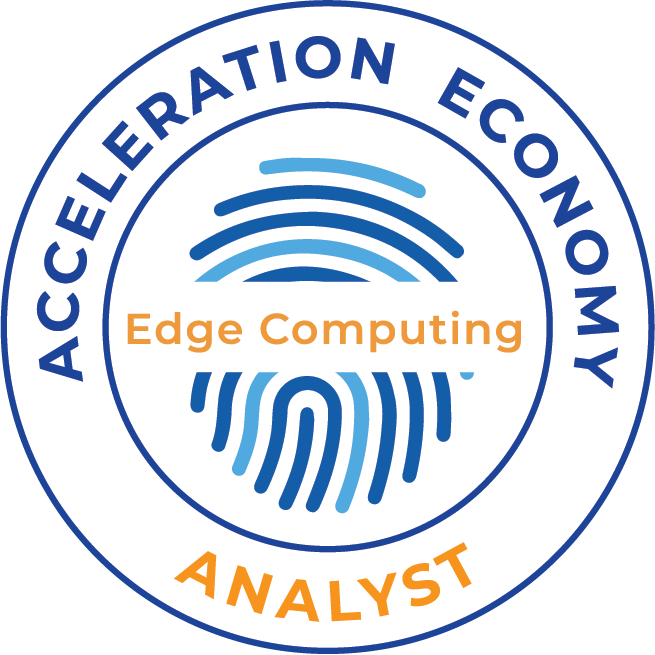In Episode 9 of the Cutting Edge Podcast, Leonard Lee discusses privacy at the edge. He says that privacy has become a growing concern for consumers in response to the increased number of tracking instruments that have been introduced into their lives. In this week’s episode, Leonard covers two main areas:
- The priorities and principles driving the privacy agenda
- How edge computing creates new opportunities to realize privacy-first businesses and provide privacy-first experiences for their customers
Highlights
01:05 — For a long time, privacy has been an afterthought for businesses and customers. Most consumers failed to realize they had little legal recourse in the event that their privacy was compromised.
02:00 — A number of events over the last decade have resulted in growing consumer awareness of privacy issues in their digital lives. Leonard described the series of major data hacks across numerous companies — including Yahoo, Marriot, Equifax, and Facebook — that compromised billions of users’ personal data. Hacks like these are unfortunate occurrences that will continue to happen over time.
02:50 — The event that made the topic of privacy explode was the Cambridge Analytica data scandal. The firm used the personal data of Facebook users and political advertising during the 2016 U.S. presidential election and the Brexit referendum, which gained public attention. The scandal unfolded as the EU drafted and instituted the General Data Protection Regulation (GDPR), which went live in May of 2018, and led California, Chicago, Illinois, and a few countries to develop their own consumer privacy laws.
03:58 — The best way to protect personal data, Leonard suggests, is to keep it under control and, if possible, on your person. Many argue that the safest place for personal data is on the cloud, to which he says “prove it.” Personal data that exists on a device and doesn’t leave the device or your personal control is architecturally conducive to privacy.
04:35 — Apple has enabled trusted storage of personal data on its devices through the introduction of its Secure Enclave, which followed the launch of Touch ID in 2013. Leonard defines secure enclaves as dedicated, secure subsystems on a chip (SoC) for a growing range of endpoint devices. Secure enclaves are designed to secure sensitive user data, even if the application’s processing unit is compromised.
05:54 — On-premise edge infrastructure now presents opportunities to deliver new capabilities into the now-protected edge environments. Rather than administering systems from the perspective of security or cloud, an endpoint device is now the centerpiece of identity and access. This is a huge paradigm shift within security; Leonard argues that it is a good thing.
Key Takeaways for the C-Suite
06:50 — Consumer data has become a “religion,” says Leonard, and enterprises have been indoctrinated into thinking that knowing a customer means gathering as much of their personal data as possible. This mindset has fostered distributed computing architectures that put personal data at risk of exploitation.
07:18 — CXOs who care about their customers will start to explore new ways of customer engagement and intelligence that do not put personal data at risk. Endpoint technologies are there to support a totally different attitude architecture that puts privacy first. Leonard encourages listeners to review endpoint technologies, as they are becoming a competitive differentiator for digital enterprises that also mitigate the risks in a privacy-first world.







